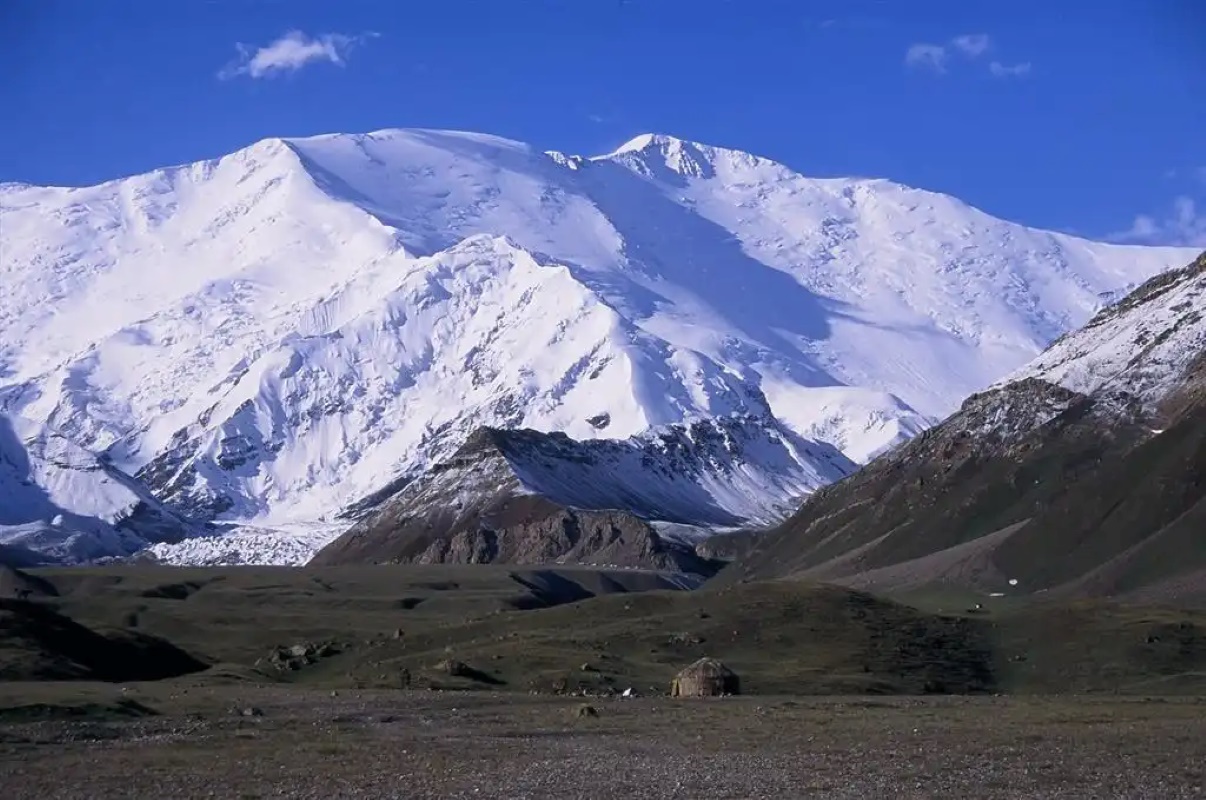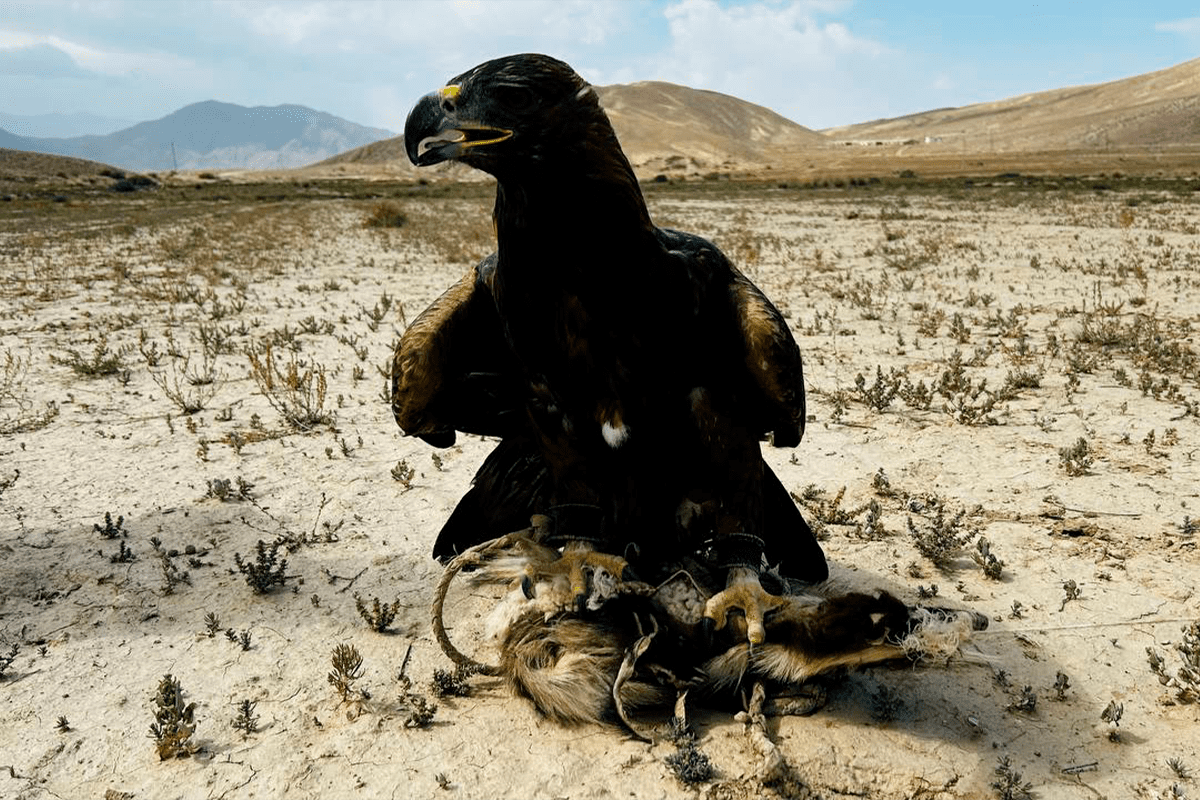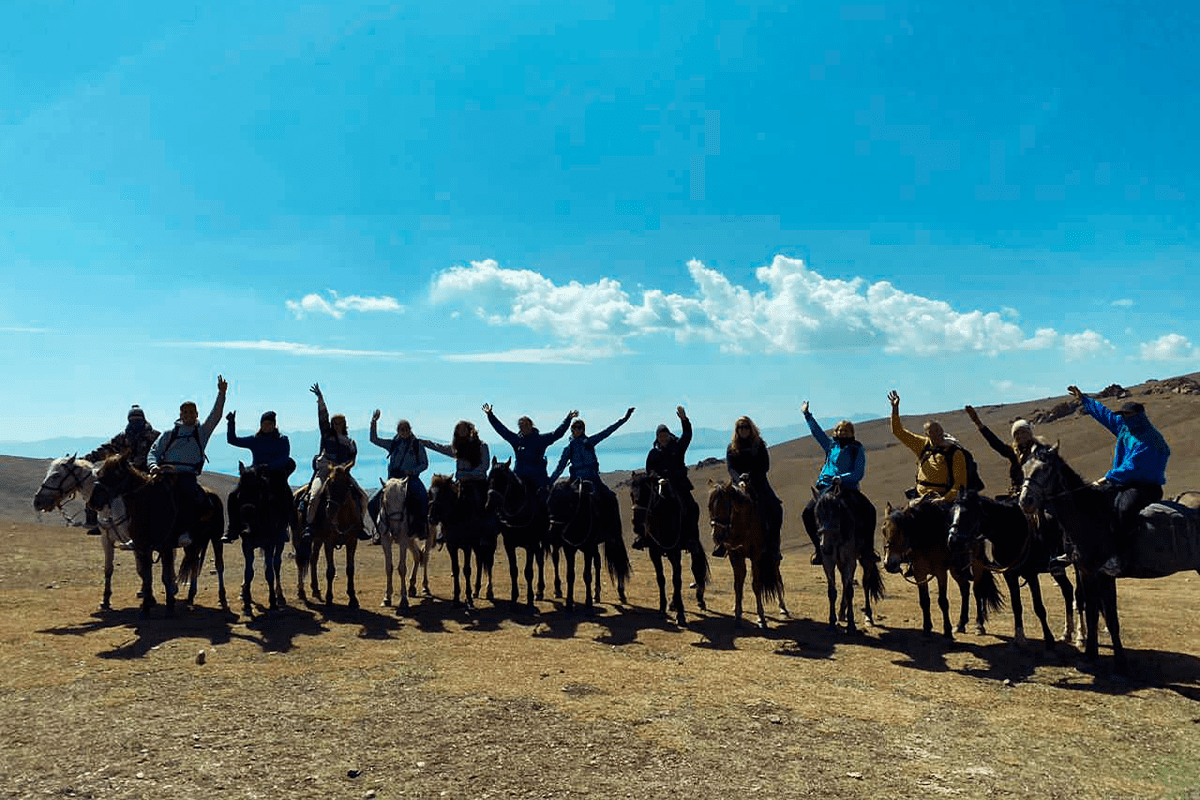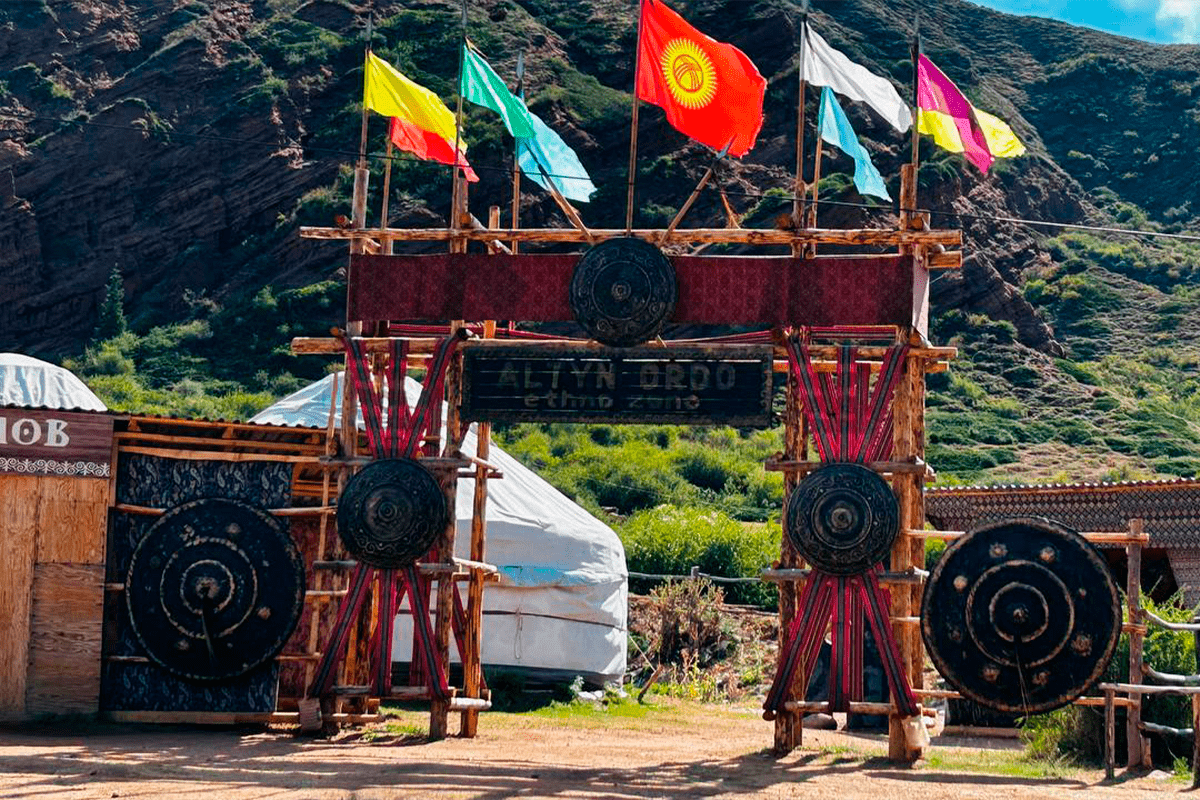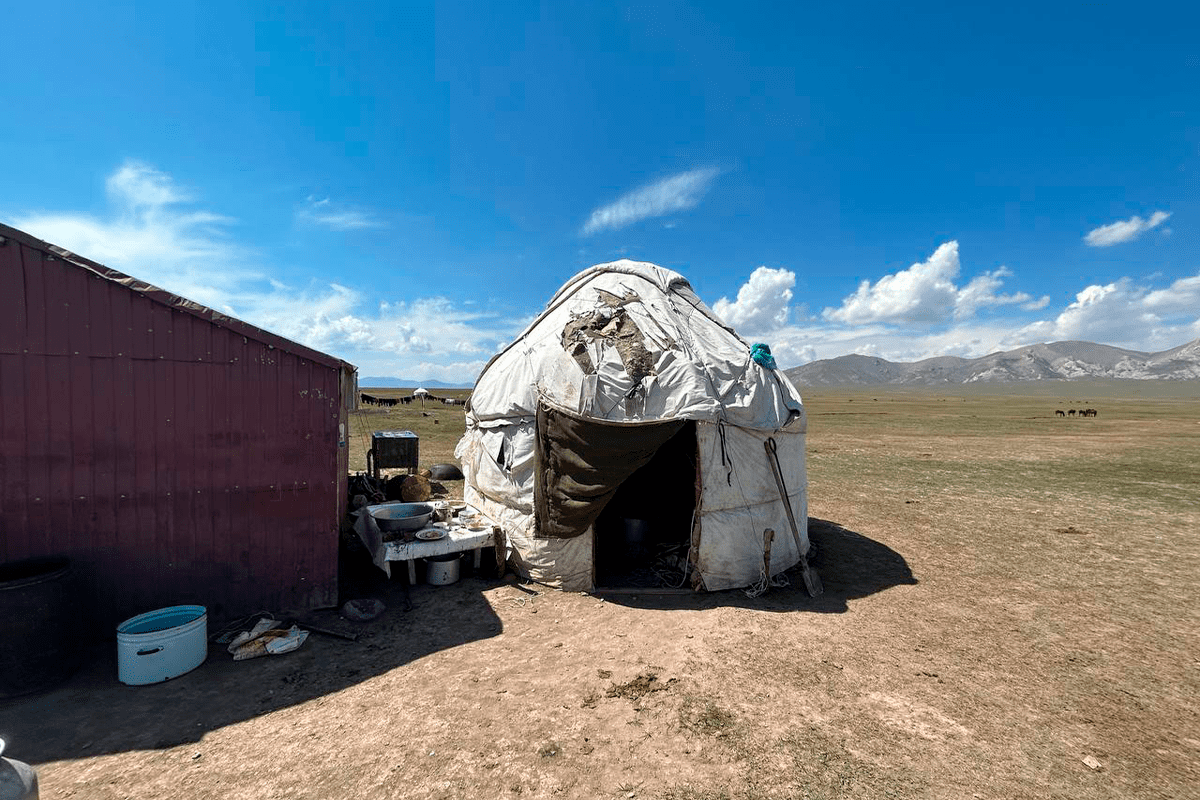Khan Tengri Peak is located to the east of Issyk-Kul Lake, near the border with Kazakhstan and China. The height of the peak is only 6,995 m, but thanks to the glacier cap it reaches 7,010 m, which makes it one of the five peaks above 7,000 m in Central Asia, and for its conquest it was awarded the title of “snow leopard”. In Kazakhstan, it is known as “Kantau” or “Bloody Mountain” because of the reddish color of its marble at dusk. At the foot of Khan Tengri is the Inylchek Glacier, where Lake Merzbacher disappears.
For a long time, Khan Tengri was confused with the peak of Victory, and indeed, at different times, different groups of the population could call it Khan Tengri. The first European to see the peak (although he also took it for Victory Peak) was Pyotr Semenov during the 1957 expedition. The first successful ascent was made by a Ukrainian group in 1931, and their southern route was the only route to the summit for 33 years, until the northern route from Kazakhstan was opened in 1964. Today, nine routes lead to the top.
At the top there is a capsule with the messages of all those who have reached the top to date. Each climber digs out a capsule, adds a message to it with a pencil (writing with a fountain pen is prohibited here) and buries it again. Despite the fact that climbing is extremely dangerous and many people have died, climbers still conquer the top. Currently, there is an approved route and a base camp, and the pyramid-shaped peak of Khan Tengri itself is a great place for photographing. Due to the fact that the peak is located in the border zone, climbers need a special pass. This practice has existed since Soviet times, and until 1989 foreigners were not even allowed to visit Khan Tengri.
